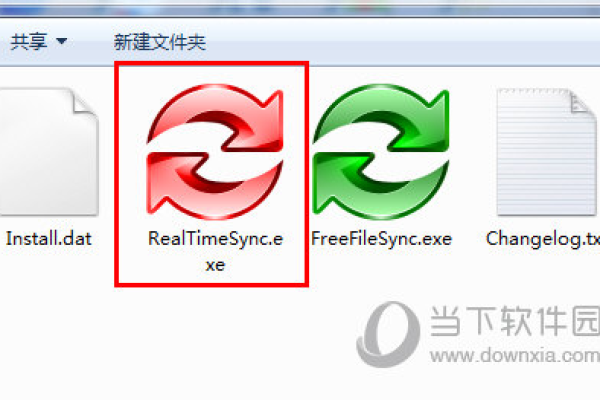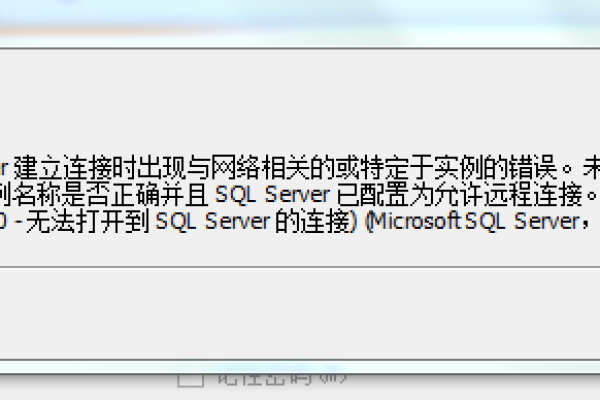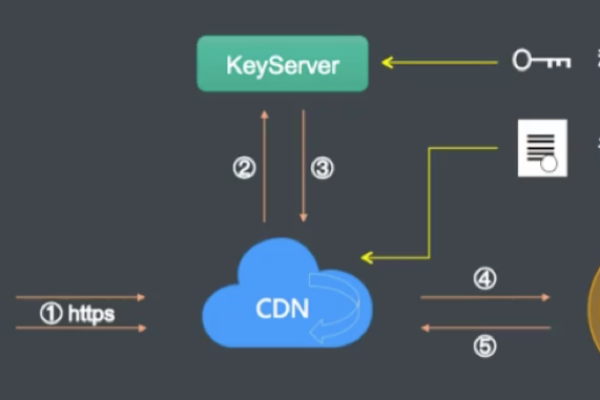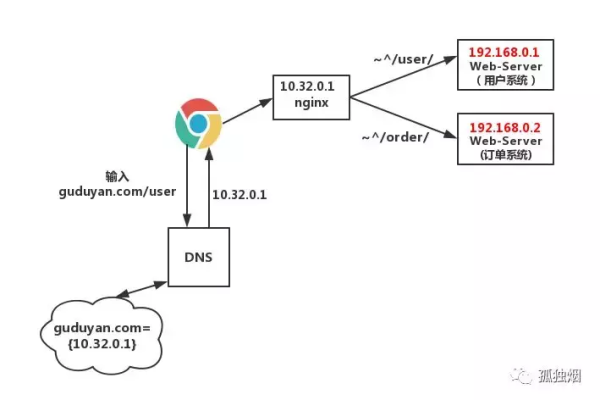上一篇
c语言的计数器怎么写?
- 行业动态
- 2024-03-23
- 2
计数器程序是计算机程序中非常常见的一种,它可以帮助我们记录某个事件的发生次数,在C语言中,我们可以通过使用变量来实现计数器的功能,以下是一个简单的C语言计数器程序的实现方法:
1、我们需要包含头文件stdio.h,这个头文件包含了C语言中的输入输出函数。
#include <stdio.h>
2、接下来,我们需要定义一个变量来存储计数器的值,在这个例子中,我们将计数器的初始值设置为0。
int counter = 0;
3、我们需要编写一个函数来增加计数器的值,这个函数将接收一个整数参数,表示要增加的值,在这个例子中,我们将计数器的值增加1。
void increaseCounter(int value) {
counter += value;
}
4、接下来,我们需要编写一个函数来减少计数器的值,这个函数将接收一个整数参数,表示要减少的值,在这个例子中,我们将计数器的值减少1。
void decreaseCounter(int value) {
counter = value;
}
5、现在,我们可以编写主函数来实现计数器的基本功能,在主函数中,我们将循环执行以下操作:首先打印当前计数器的值,然后调用increaseCounter函数增加计数器的值,最后调用decreaseCounter函数减少计数器的值,这个过程将一直重复,直到用户输入特定的字符(q’)来结束程序。
int main() {
char input;
while (1) {
printf("Counter: %d
", counter);
printf("Enter 'i' to increase counter, 'd' to decrease counter, or 'q' to quit: ");
scanf("%c", &input);
if (input == 'q') {
break;
} else if (input == 'i') {
increaseCounter(1);
} else if (input == 'd') {
decreaseCounter(1);
} else {
printf("Invalid input. Please try again.
");
}
}
return 0;
}
6、我们需要将上述代码组合在一起,形成一个完整的C语言计数器程序,完整的代码如下:
#include <stdio.h>
int counter = 0;
void increaseCounter(int value) {
counter += value;
}
void decreaseCounter(int value) {
counter = value;
}
int main() {
char input;
while (1) {
printf("Counter: %d
", counter);
printf("Enter 'i' to increase counter, 'd' to decrease counter, or 'q' to quit: ");
scanf("%c", &input);
if (input == 'q') {
break;
} else if (input == 'i') {
increaseCounter(1);
} else if (input == 'd') {
decreaseCounter(1);
} else {
printf("Invalid input. Please try again.
");
}
}
return 0;
}
现在,你已经学会了如何编写一个简单的C语言计数器程序,你可以根据自己的需求对这个程序进行修改和扩展,例如增加更多的操作选项、限制计数器的取值范围等,希望这个教程对你有所帮助!
本站发布或转载的文章及图片均来自网络,其原创性以及文中表达的观点和判断不代表本站,有问题联系侵删!
本文链接:http://www.xixizhuji.com/fuzhu/261219.html







